Liver DefinitionAn essential part of the human body, the liver performs a number of crucial tasks, including digestion, detoxification, metabolism, and nutrition storage. Being the biggest internal organ, it is essential for preserving general health and well-being. In this article, we will define the liver and its functions, the anatomy and structure of the liver, the different diseases that affect the liver, and the ways to keep the liver healthy. What Is The Liver?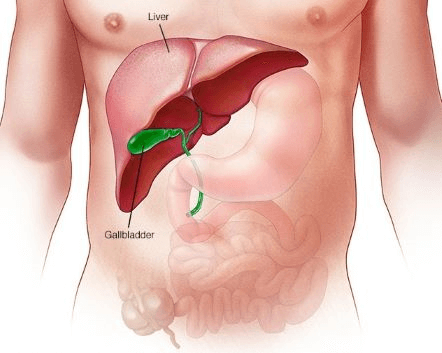
Just behind the diaphragm in the top right corner of the abdomen is where the liver is situated. It has a soft, spongy feel and is reddish-brown in color. The liver, which weighs roughly three pounds in humans, is the biggest internal organ in the body. The liver has two major lobes, each of which is further split into lobules, or smaller lobes. It removes toxins from the body's blood supply, maintains healthy blood sugar levels, regulates blood clotting, and performs hundreds of other vital functions. Development of Liver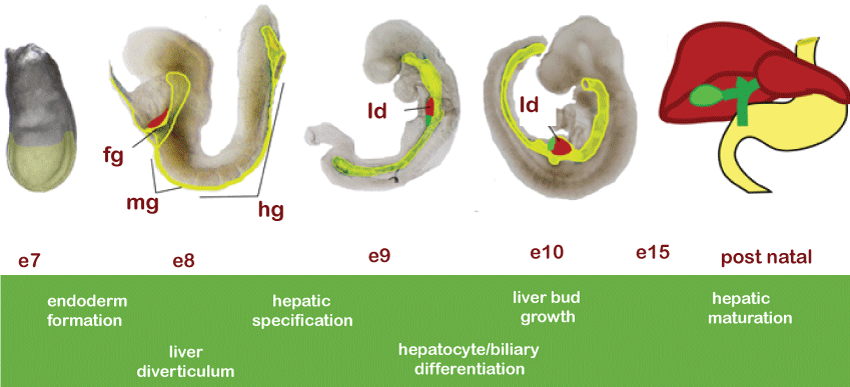
The liver is a crucial organ that is essential to the body's ability to maintain homeostasis. During development, the liver originates from the endoderm, which is the innermost layer of the early embryo. Specifically, it is derived from the foregut endoderm, which is the anterior part of the embryonic gut tube. The liver bud emerges from the foregut endoderm at around 3 to 4 weeks of gestation. This bud grows and undergoes branching morphogenesis, forming the biliary system and the hepatic parenchyma. Around the 7th week of gestation, hematopoiesis begins in the liver, which means that the liver starts to produce blood cells. During the fetal period, the liver supports the development of the immune system while filtering blood from the placenta. By the 12th week of gestation, the liver becomes the main site of red blood cell production. Furthermore, bile, which is required for the breakdown of lipids, begins to be produced. At birth, the liver is fully functional, although the bile ducts and biliary system may take several months to mature fully. Overall, the development of the liver is a complex process that involves the interaction of various signaling pathways and transcription factors. Disruptions in these processes can lead to various congenital liver diseases, including biliary atresia, Alagille syndrome, and alpha-1 antitrypsin deficiency. Functions of the Liver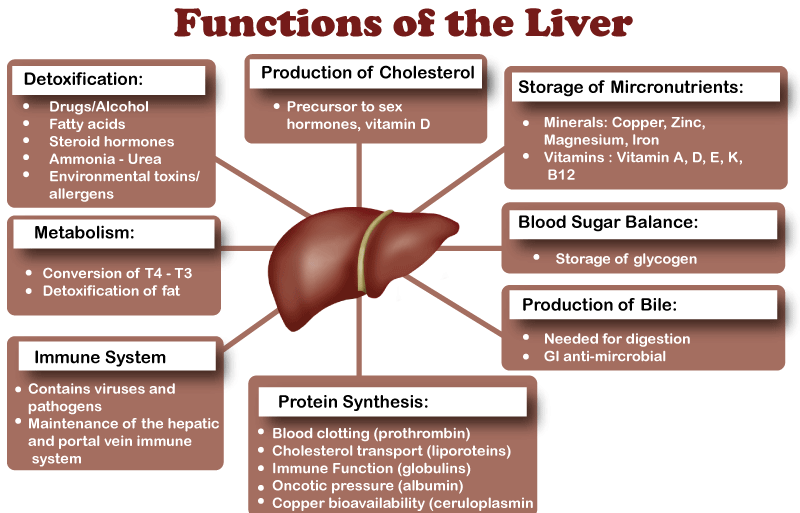
Many activities performed by the liver are crucial for the body's healthy operation. The following are only a few of the liver's crucial tasks: 1. DetoxificationThe liver is responsible for detoxifying harmful substances that enter the body, including drugs, alcohol, and toxins. These chemicals are converted into less dangerous compounds that the body can expel. 2. MetabolismThe liver is in charge of metabolizing proteins, lipids, and carbs. Glycogen, which is stored in the muscles and liver and may be utilized as an energy source when needed, is produced when there is an excess of glucose. Bile, which is also produced by this organ, aids in the breakdown and assimilation of lipids. 3. StorageThe liver stores various essential nutrients, including vitamins and minerals. Moreover, it stores glucose as glycogen and distributes it into circulation as necessary. 4. Hormone RegulationManaging the levels of hormones in the body, such as insulin, estrogen, and testosterone, is a critical function of the liver. 5. Immune System FunctionBy eliminating bacteria, viruses, and other foreign substances from circulation, the liver is essential to the immune system. 6. Blood ClottingThe liver generates a number of clotting factors that are necessary for healthy blood coagulation 7. Bile ProductionOne of the liver's key jobs is the generation of bile. Hepatocytes, the cells that make up the liver, excrete bile, a greenish-yellow fluid, into the bile ducts. The liver's hepatocyte cells release bile, a greenish-yellow fluid, into the bile ducts. When a person consumes fatty food, bile is discharged from the gallbladder and into the small intestine. Bile contains several components, including bile salts, bilirubin, cholesterol, and phospholipids. Bile salts are required for the breakdown and absorption of lipids in the small intestine. They emulsify fats, breaking them down into smaller droplets, which are then more easily broken down by enzymes such as lipase. Bilirubin is a by-product of the decomposition of red blood cells. The liver removes bilirubin from the bloodstream and excretes it into bile. Bilirubin gives bile its characteristic yellow color. Cholesterol and phospholipids are also components of bile. These ingredients support bile's structural stability and aid in warding against gallstone development. Overall, bile production is a crucial function of the liver, as it is necessary for the proper digestion and absorption of fats and the elimination of waste products from the body. 8. Fat-Soluble Vitamin Storage / MetabolismThe liver plays an important role in the storage and metabolism of fat-soluble vitamins, including vitamins A, D, E, and K. When fat-soluble vitamins are ingested, they are absorbed along with fats in the small intestine and transported to the liver through the bloodstream. The extra levels of these vitamins are subsequently kept in the liver and delivered into circulation as needed. The metabolism of these vitamins also involves the liver. For instance, vitamin A can be converted from its inactive form, retinol, which is stored in the liver, to its active form, retinoic acid, as needed. The process that turns vitamin D into calcitriol, the active form, takes place in the liver. In the liver, vitamin K is also processed into menaquinone, which is how it becomes active. It is crucial to remember that while fat-soluble vitamins are difficult for the body to eliminate, consuming too much of them might cause toxicity. Because of this, it's crucial to take these vitamins in moderation and with a doctor's approval. 9. Drug MetabolismThe liver is the body's main location for drug metabolism. Drugs taken orally are absorbed into the circulation and carried there by the liver. These medications are subsequently transformed into forms that can be excreted from the body via the liver. Numerous enzymatic processes, such as oxidation, reduction, hydrolysis, and conjugation, are involved in the metabolism of drugs. The most important enzyme system involved in drug metabolism is the cytochrome P450 (CYP) system. A collection of enzymes known as the CYP system oxidize medicines as they are being metabolized. The medications become more water-soluble and simpler for the body to get rid of thanks to this process. Yet, the CYP system may also transform certain medications into more toxic metabolites, which might have negative consequences. The liver is involved in the detoxification of drugs as well. Toxins and medicines are drawn out of the circulation by the liver and are then expelled from the body through urine or feces. It is crucial to remember that CYP system genetic variants might contribute to individual disparities in medication metabolism. This may necessitate the use of personalized dosage methods and can result in variances in medication effectiveness and toxicity. Liver Structure and Function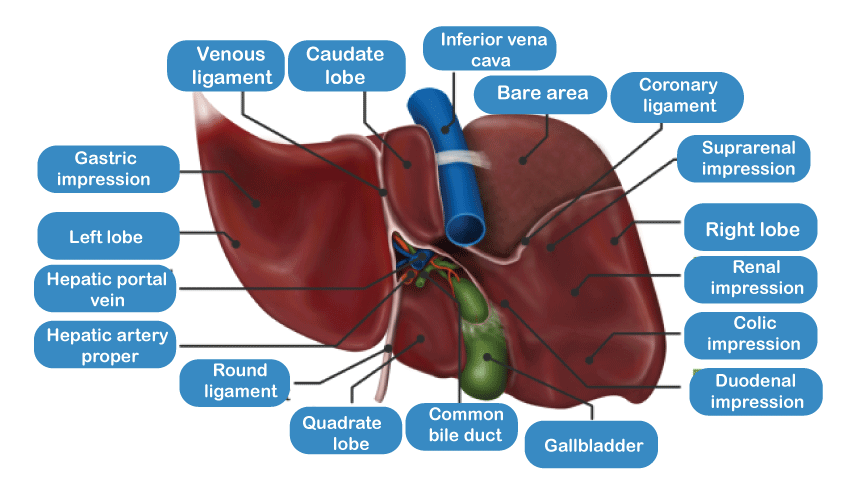
The right and left lobes of the liver are split into two major sections by the falciform ligament, a band of connective tissue. The right lobe is further split into four smaller lobes and is bigger than the left lobe. Two smaller lobes make up the left lobe. The specialized blood supply to the liver is provided by the portal vein and the hepatic artery, respectively. The hepatic artery delivers oxygenated blood to the liver, whereas the portal vein delivers blood from the intestines that are nutrient-rich. Hepatocytes, Kupffer cells, and stellate cells are just a few of the several cell types that make up the liver. The liver's most numerous cells, hepatocytes, are in charge of many of its operations, including detoxification, metabolism, and storage. Kupffer cells are specialized immune cells that clear the circulation of bacteria, viruses, and other foreign objects. The cells called stellate cells are in charge of making and preserving vitamin A. Issues With the LiverMany illnesses, some of which can be fatal, can affect the liver. Among the most prevalent liver conditions are: 1. HepatitisA viral illness known as hepatitis causes liver inflammation. Hepatitis viruses come in a variety of forms, including hepatitis A, B, C, D, and E. If neglected, hepatitis can cause cirrhosis and damage to the liver. 2. CirrhosisThe liver becomes scarred as a result of this chronic liver condition. Many things, such as persistent alcohol misuse, viral hepatitis, and non-alcoholic fatty liver disease, might contribute to its development. Cirrhosis can result in liver failure and the requirement for a liver transplant because as the liver becomes more scarred, it loses its ability to function as it should. 3. Non-Alcoholic Fatty Liver Disease (NAFLD)Fat buildup in the liver is a sign of non-alcoholic fatty liver disease (NAFLD). It commonly has associations with diabetes and obesity, and it can result in liver damage and inflammation. NAFLD, which is on the rise, is currently the most prevalent liver condition in the US 4. Liver CancerLiver cancer is a type of cancer that appears in the liver. Cirrhosis, persistent viral hepatitis, and exposure to certain toxins are just a few of the causes. 5. Autoimmune HepatitisAutoimmune hepatitis is a rare kind of autoimmune disease in which the immune system attacks the liver and causes inflammation and damage. It can result in cirrhosis and liver failure if left untreated. How to Maintain a Healthy Liver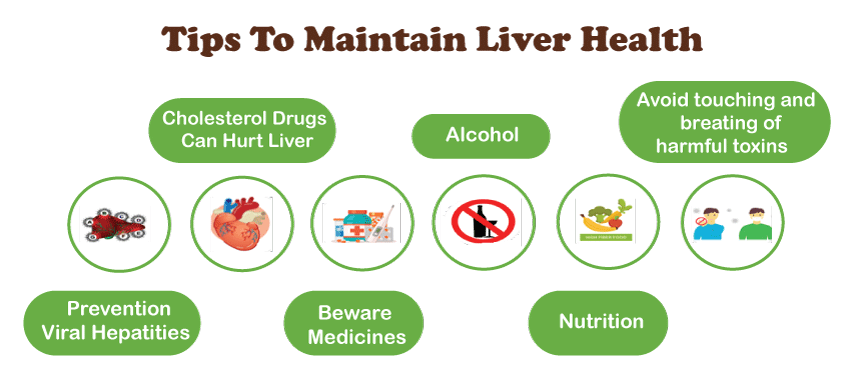
The liver may be kept in good condition and working well in a number of ways. Among the important methods are: 1. Keep A Healthy WeightBeing overweight and obese are risk factors for liver diseases, including NAFLD. By eating a balanced diet and doing regular exercise, one can prevent developing liver disease and maintain a healthy weight. 2. Limit Alcohol ConsumptionCirrhosis and other liver diseases are frequently brought on by long-term alcohol usage. Consuming alcohol in moderation or not at all can help prevent liver damage. 3. Get VaccinatedVaccinations for Hepatitis A and B vaccines are available, and getting immunized can aid in preventing these viral diseases. 4. Avoid Being Exposed To ToxinsThe liver can be harmed by exposure to certain chemicals and toxins, such as pesticides and cleaning agents. By limiting exposure to these chemicals, liver injury can be avoided. 5. Practice Safe SexHepatitis B and C can be spread through sexual contact, so use caution while having sex. Using condoms and engaging in safe sexual behavior can help stop the transmission of certain viral illnesses. In addition to the ways to keep the liver healthy mentioned above, there are several other lifestyle changes and habits that can help promote liver health: 1. Follow A Healthy DietA balanced and healthy diet is crucial for maintaining liver health. Fruits, vegetables, and whole grains are examples of foods strong in antioxidants that can help shield the liver from damage brought on by free radicals. Eating foods that are high in fiber, such as legumes and whole grains, can also help promote liver health by reducing inflammation and improving digestion. 2. Exercise FrequentlyBy lowering inflammation and enhancing circulation, regular exercise can assist in enhancing liver function. A big risk factor for liver disease is obesity, which can be lowered by exercise. 3. Manage Your StressProlonged stress can cause liver inflammation and damage. Finding ways to manage stress, such as through meditation, yoga, or other relaxation techniques, can help reduce the risk of liver disease. 4. Get Regular Check-UpsRegular check-ups with a healthcare professional can aid in the early detection of liver disease when it is most curable. Prior to the onset of symptoms, liver disease can be found with the aid of blood tests and imaging exams like MRIs and ultrasounds. 5. Avoid Hazardous BehaviourSome actions, including sharing needles or having sex without protection, can raise your chance of developing viral hepatitis, which can cause liver damage. Avoiding these risky behaviors can help prevent the spread of viral hepatitis and reduce the risk of liver disease. Symptoms of Liver Diseases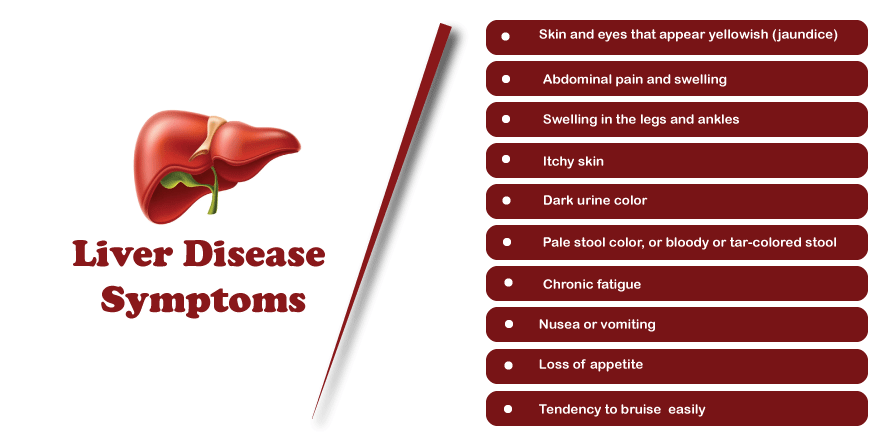
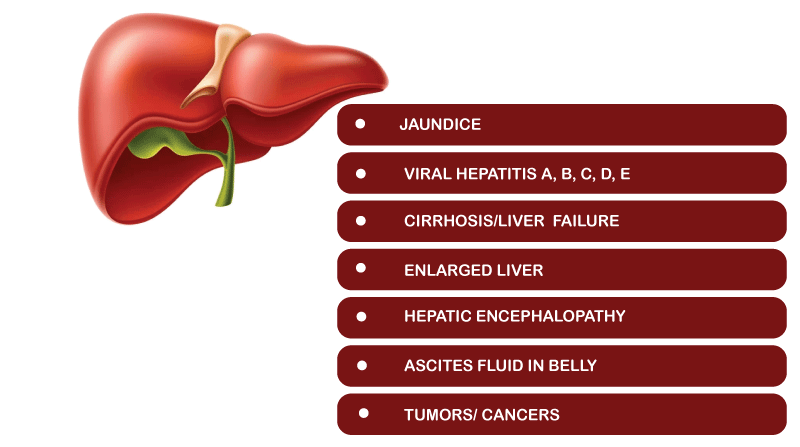
Additionally, it is crucial to be aware of the symptoms and indications of liver illness since prompt diagnosis and treatment can lessen the effects of the condition and avoid liver damage. Some of the most common symptoms of liver disease include:
If you experience any of these symptoms, it is essential to seek medical attention promptly. Your healthcare practitioner can do tests to identify the source of your symptoms and suggest the best course of action. ConclusionThe liver is an essential organ that is essential for preserving general health and well-being. It is in charge of several processes, including detoxification, metabolism, and nutrition storage. The liver is susceptible to various diseases, including hepatitis, cirrhosis, NAFLD, and liver cancer, among others. Maintaining a healthy weight, limiting alcohol consumption, getting vaccinated, avoiding exposure to toxins, and practicing safe sex are essential ways to keep the liver healthy. If you experience any symptoms of liver disease, including jaundice, fatigue, or abdominal pain, it is essential to seek medical attention promptly.
Next TopicManagement Accounting Definition
|
 For Videos Join Our Youtube Channel: Join Now
For Videos Join Our Youtube Channel: Join Now
Feedback
- Send your Feedback to [email protected]
Help Others, Please Share










